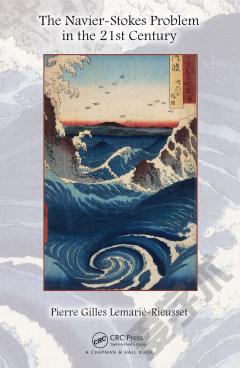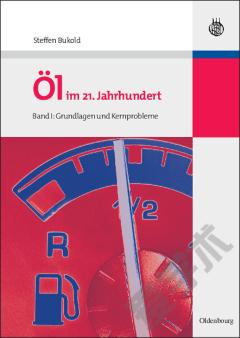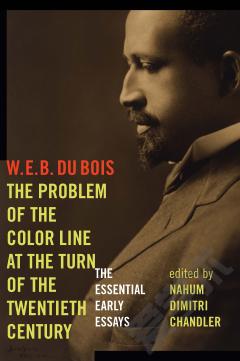The Navier-Stokes Problem in the 21st Century
Presentation of the Clay Millennium Prizes Regularity of the three-dimensional fluid flows: a mathematical challenge for the 21st century The Clay Millennium Prizes The Clay Millennium Prize for the Navier-Stokes equations Boundaries and the Navier-Stokes Clay Millennium Problem The physical meaning of the Navier-Stokes equations Frames of references The convection theorem Conservation of mass Newton's second law Pressure Strain Stress The equations of hydrodynamics The Navier-Stokes equations Vorticity Boundary terms Blow up Turbulence History of the equation Mechanics in the Scientific Revolution era Bernoulli's Hydrodymica D'Alembert Euler Laplacian physics Navier, Cauchy, Poisson, Saint-Venant, and Stokes Reynolds Oseen, Leray, Hopf, and Ladyzhenskaya Turbulence models Classical solutions The heat kernel The Poisson equation The Helmholtz decomposition The Stokes equation The Oseen tensor Classical solutions for the Navier-Stokes problem Small data and global solutions Time asymptotics for global solutions Steady solutions Spatial asymptotics Spatial asymptotics for the vorticity Intermediate conclusion A capacitary approach of the Navier-Stokes integral equations The integral Navier-Stokes problem Quadratic equations in Banach spaces A capacitary approach of quadratic integral equations Generalized Riesz potentials on spaces of homogeneous type Dominating functions for the Navier-Stokes integral equations A proof of Oseen's theorem through dominating functions Functional spaces and multipliers The differential and the integral Navier-Stokes equations Uniform local estimates Heat equation Stokes equations Oseen equations Very weak solutions for the Navier-Stokes equations Mild solutions for the Navier-Stokes equations Suitable solutions for the Navier-Stokes equations Mild solutions in Lebesgue or Sobolev spaces Kato's mild solutions Local solutions in the Hilbertian setting Global solutions in the Hilbertian setting Sobolev spaces A commutator estimate Lebesgue spaces Maximal functions Basic lemmas on real interpolation spaces Uniqueness of L3 solutions Mild solutions in Besov or Morrey spaces Morrey spaces Morrey spaces and maximal functions Uniqueness of Morrey solutions Besov spaces Regular Besov spaces Triebel-Lizorkin spaces Fourier transform and Navier-Stokes equations The space BMO-1 and the Koch and Tataru theorem Koch and Tataru's theorem Q-spaces A special subclass of BMO-1 Ill-posedness Further results on ill-posedness Large data for mild solutions Stability of global solutions Analyticity Small data Special examples of solutions Symmetries for the Navier-Stokes equations Two-and-a-half dimensional flows Axisymmetrical solutions Helical solutions Brandolese's symmetrical solutions Self-similar solutions Stationary solutions Landau's solutions of the Navier-Stokes equations Time-periodic solutions Beltrami flows Blow up? First criteria Blow up for the cheap Navier-Stokes equation Serrin's criterion Some further generalizations of Serrin's criterion Vorticity Squirts Leray's weak solutions The Rellich lemma Leray's weak solutions Weak-strong uniqueness: the Prodi-Serrin criterion Weak-strong uniqueness and Morrey spaces on the product space R x R3 Almost strong solutions Weak perturbations of mild solutions Partial regularity results for weak solutions Interior regularity Serrin's theorem on interior regularity O'Leary's theorem on interior regularity Further results on parabolic Morrey spaces Hausdorff measures Singular times The local energy inequality The Caffarelli-Kohn-Nirenberg theorem on partial regularity Proof of the Caffarelli-Kohn-Nirenberg criterion Parabolic Hausdorff dimension of the set of singular points On the role of the pressure in the Caffarelli, Kohn, and Nirenberg regularity theorem A theory of uniformly locally L2 solutions Uniformly locally square integrable solutions Local inequalities for local Leray solutions The Caffarelli, Kohn, and Nirenberg epsilon-regularity criterion A weak-strong uniqueness result The L3 theory of suitable solutions Local Leray solutions with an initial value in L3 Critical elements for the blow up of the Cauchy problem in L3 Backward uniqueness for local Leray solutions Seregin's theorem Known results on the Cauchy problem for the Navier-Stokes equations in presence of a force Local estimates for suitable solutions Uniqueness for suitable solutions A quantitative one-scale estimate for the Caffarelli-Kohn-Nirenberg regularity criterion The topological structure of the set of suitable solutions Escauriaza, Seregin, and Sverak's theorem Self-similarity and the Leray-Schauder principle The Leray-Schauder principle Steady-state solutions Self-similarity Statement of Jia and Sverak's theorem The case of locally bounded initial data The case of rough data Non-existence of backward self-similar solutions alpha-models Global existence, uniqueness and convergence issues for approximated equations Leray's mollification and the Leray-alpha model The Navier-Stokes alpha -model The Clark- alpha model The simplified Bardina model Reynolds tensor Other approximations of the Navier-Stokes equations Faedo-Galerkin approximations Frequency cut-off Hyperviscosity Ladyzhenskaya's model Damped Navier-Stokes equations Artificial compressibility Temam's model Vishik and Fursikov's model Hyperbolic approximation Conclusion Energy inequalities Critical spaces for mild solutions Models for the (potential) blow up The method of critical elements Notations and glossary Bibliography Index
{{comment.content}}








 京公网安备 11010802027623号
京公网安备 11010802027623号